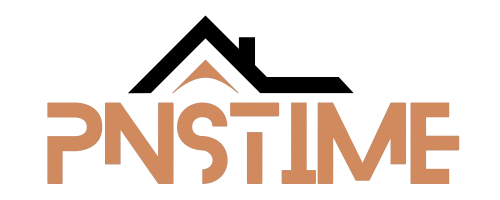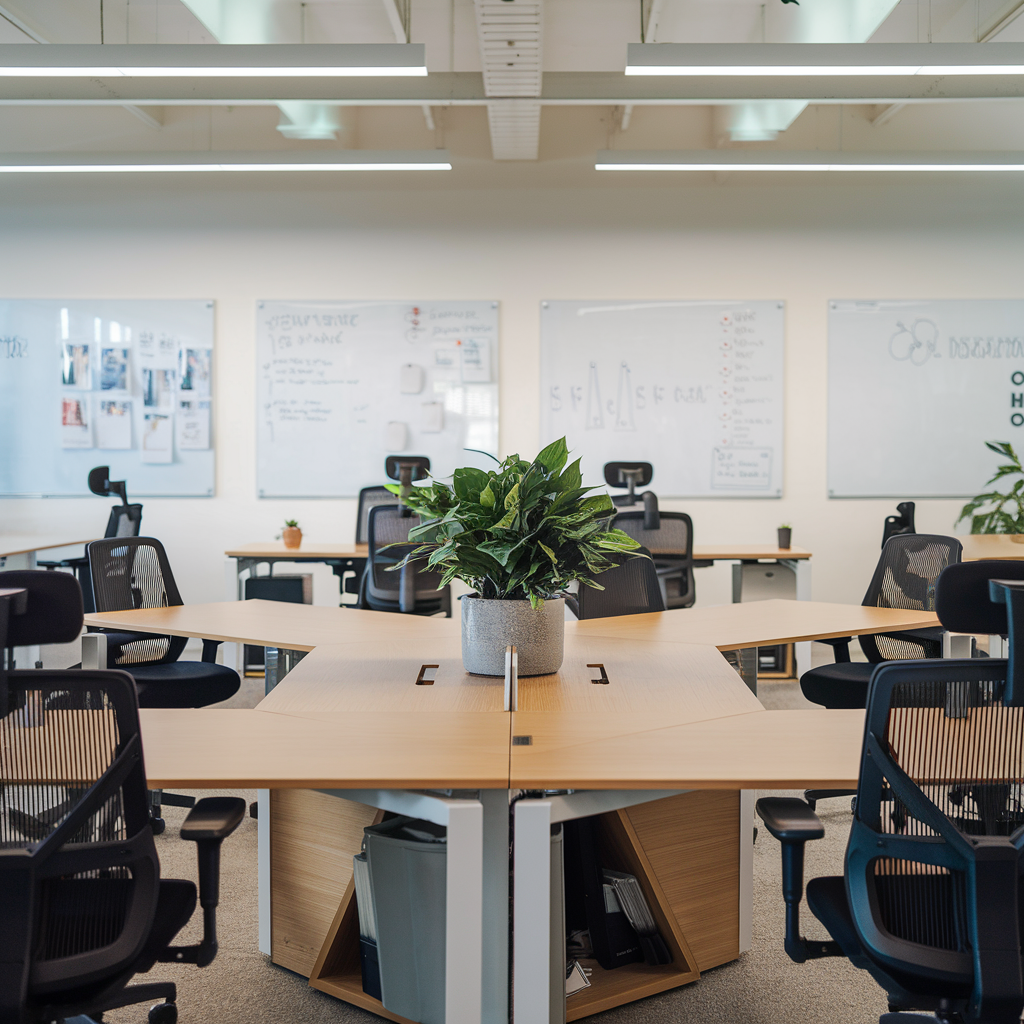Designing Collaborative Workspaces with Multi-User Desks
Modern workplaces are increasingly built around collaboration. Whether in startups or large enterprises, the focus has shifted from isolated cubicles to shared environments that foster communication, flexibility, and innovation. One of the most effective tools to support this shift is the multi-user desk—a versatile workstation that promotes teamwork while optimizing office space.
In this guide, we explore how to design collaborative workspaces using multi-user desks and how they compare to traditional layouts in terms of productivity, team dynamics, and space efficiency.
What Are Multi-User Desks?
Definition and Purpose
Multi-user desks, also known as shared workstations or benching systems, are large tables or modular desk clusters designed for multiple employees. They come in 2-person, 4-person, 6-person, or larger formats, often without high dividers.
These desks support:
- Team collaboration
- Open communication
- Flexibility in seating arrangements
Visit our Desk Clusters Collection to explore options.
Benefits of Multi-User Desks for Collaboration
1. Facilitates Real-Time Interaction
When team members sit close to each other, discussions happen naturally. This eliminates the delay of emails or scheduled meetings. Multi-user desks enable:
- Fast feedback loops
- Easier sharing of ideas
- Informal brainstorming sessions
2. Breaks Down Silos
Traditional office layouts can isolate departments. By integrating multi-user desks, companies foster cross-functional engagement between design, marketing, development, and management teams.
3. Supports Agile and Hybrid Work Models
As companies adopt hybrid setups, shared desks offer the flexibility to reconfigure spaces quickly. Modular multi-user desks adapt to changing team sizes and functions without major disruptions.
Learn more in our post on Top 5 Benefits of Modular Desk Clusters.
How to Design a Collaborative Workspace
Step 1: Analyze Team Workflows
Before selecting desks, understand how teams interact:
- Do they work in sprints or need constant access to one another?
- How often do they meet in small groups?
- Do they use shared tools, whiteboards, or visual project boards?
Step 2: Choose the Right Desk Configuration
- Linear clusters: Ideal for compact spaces
- L-shaped or circular pods: Encourage both focus and group interaction
- 6-8 person clusters: Great for project teams or departments with overlapping roles
Explore suitable options in our Desks Collection.
Step 3: Prioritize Ergonomics and Comfort
Collaboration works best when people are comfortable. Invest in:
- Adjustable chairs
- Cable management systems
- Under-desk storage or nearby filing cabinets
- Natural lighting and acoustic panels
Enhancing Collaboration Beyond Furniture
Integrate Technology
Provide shared monitors, charging stations, and access to collaboration tools like digital whiteboards or cloud-based project management apps.
Encourage a Collaborative Culture
The best furniture layout won’t work without a collaborative mindset. Empower teams to move freely, share feedback, and co-create without micromanagement.
Add Complementary Storage and Shelving
Include wall shelves near desks for easy access to reference materials, files, or equipment.
When Not to Use Multi-User Desks
While multi-user desks are ideal for teamwork, they may not fit every scenario:
- Teams dealing with sensitive information
- Roles requiring deep focus or confidentiality
- Environments prone to noise or visual distractions
In such cases, consider combining shared desks with privacy panels or offering quiet rooms for focused work.
Final Thoughts
Designing collaborative workspaces with multi-user desks is about more than layout—it’s about aligning space with team needs. The right desk setup can enhance communication, speed up workflows, and boost morale.
At Pnstime.com, we offer a range of high-quality multi-user desks and storage solutions that help you build dynamic, people-focused workspaces. Browse more tips in our Team Workstations Blog.

